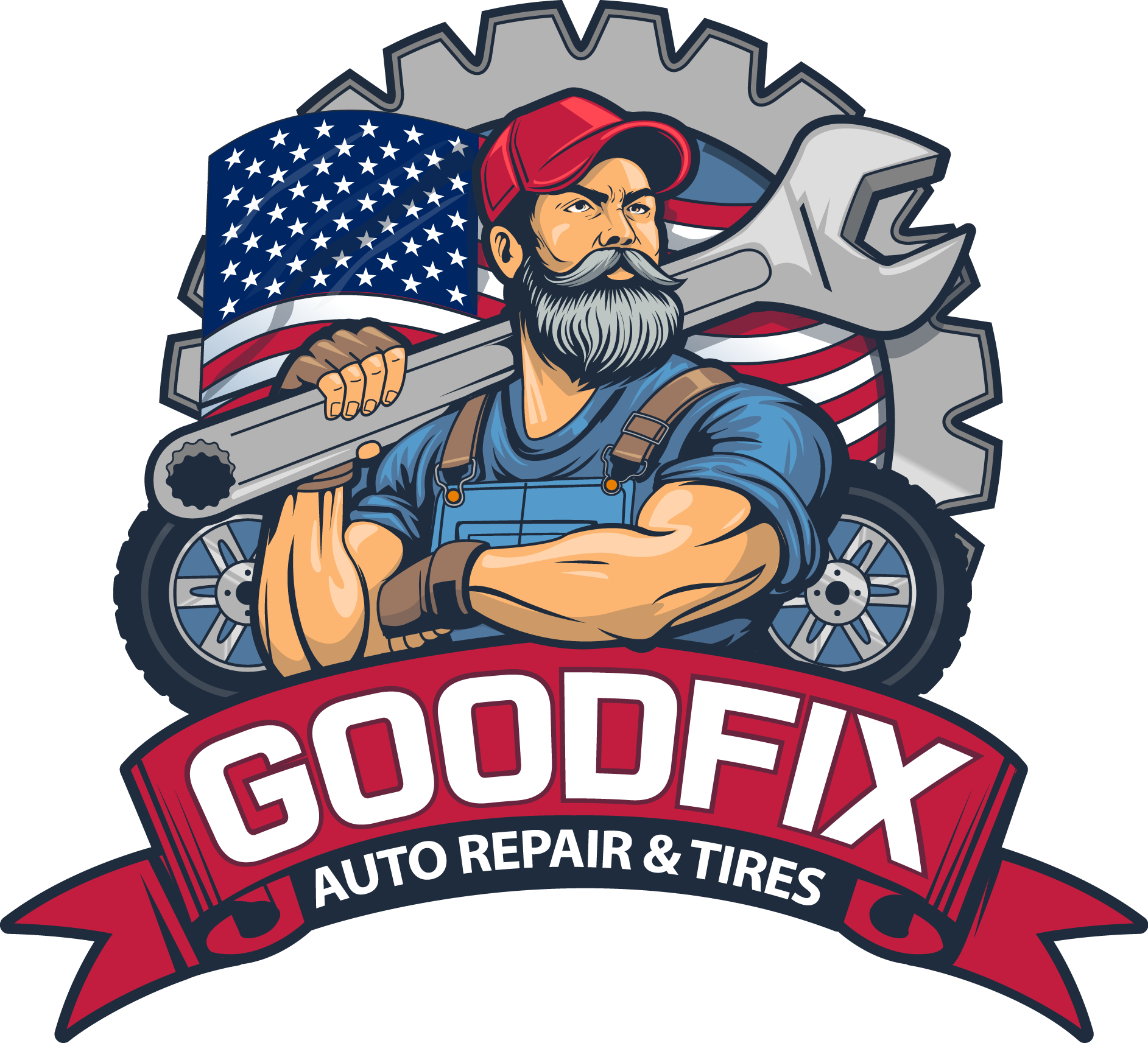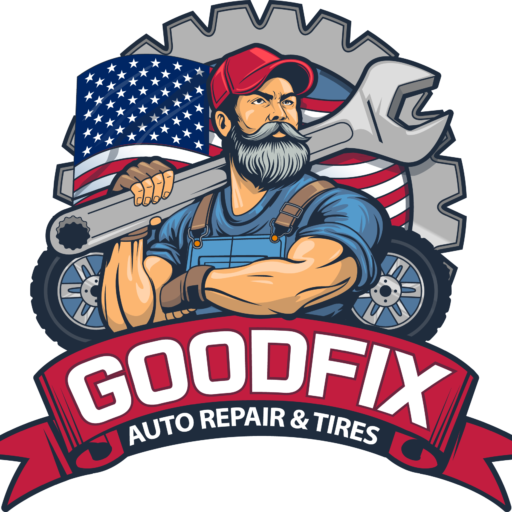What Role Does the Suspension System Play?
Before exploring the differences between key suspension components, it’s important to understand the suspension system’s purpose. This system connects your vehicle to its wheels and is designed to absorb shocks from the road, maintain tire contact with the ground, and ensure driver comfort and vehicle control. Two crucial elements within this system are shocks and struts. While they often get grouped together, they serve different roles and affect your car’s performance in unique ways.
What Exactly Are Shocks?
Shock absorbers, commonly referred to as shocks, help control the movement of your vehicle’s suspension. When you drive over uneven pavement, potholes, or speed bumps, shocks absorb the kinetic energy generated by the vehicle’s springs. They regulate how much the springs bounce, preventing your car from continuing to oscillate after an impact.
Shocks use hydraulic fluid to dampen this motion. They work in partnership with coil springs but do not actually support the weight of the vehicle. In most vehicles, shocks are mounted near the rear wheels, although some may be found at the front, depending on the vehicle design.
How Are Struts Different?
Struts also help absorb impacts from the road, but they play a much broader role. A strut combines the function of a shock absorber with a structural component that supports the weight of the vehicle. In many cars, struts are a critical part of the suspension system’s design, housing the coil spring and providing a mounting point for other suspension elements.
Struts are often located at the front of the vehicle and directly affect alignment and steering. Because of this, struts influence not only ride comfort but also handling and cornering ability. Replacing a worn-out strut often means realigning your vehicle to avoid uneven tire wear or instability.
Main Differences Between Shocks and Struts
Although both parts are designed to improve ride quality and control, there are key distinctions that every car owner should know.
Function
Shocks focus on reducing movement and vibrations caused by the road surface. Struts do the same while also supporting the vehicle’s weight and acting as a core part of the suspension system’s structure.
Structure
Struts are more robust and have a dual purpose, often including a coil spring in their assembly. Shocks are standalone components that work alongside other parts like springs and control arms.
Location
Shocks are generally installed in the rear suspension, while struts are commonly used in the front. Some vehicles may feature struts at all four corners, particularly in compact or mid-size cars.
Handling and Control
Since struts are integrated into the steering and alignment system, they play a bigger role in how the vehicle handles turns and road irregularities. Shocks contribute to stability and comfort but are less involved in directional control.
Cost of Replacement
Struts are typically more expensive to replace due to their complex design and labor requirements. Replacing struts may also require a realignment, which adds to the overall cost. Shocks are simpler and faster to install, often making them a more affordable maintenance item.
Why Proper Maintenance of Shocks and Struts Matters
The condition of these components directly affects your driving experience. From safety to comfort, shocks and struts influence several areas of vehicle performance.
Vehicle Safety
A worn-out suspension system can make your vehicle harder to control, especially during braking or emergency maneuvers. Failing struts or shocks reduce traction and increase stopping distance, putting you and your passengers at risk.
Ride Comfort
Properly functioning suspension parts absorb road impacts and minimize vibration, resulting in a smoother ride. When these parts begin to fail, you may notice excessive bouncing, swaying, or body roll.
Tire Longevity
Suspension issues can cause uneven tire wear. If your shocks or struts can’t keep the tires firmly planted on the road, they may wear down faster on one side or in specific patterns. Replacing your tires sooner than necessary becomes costly over time.
Preventing Damage to Other Components
Neglecting suspension maintenance can lead to additional wear on related parts such as control arms, ball joints, or bushings. Keeping shocks and struts in good condition helps extend the lifespan of your entire suspension system.
Signs Your Shocks or Struts Might Be Worn
Knowing the symptoms of a failing suspension system helps you act before problems escalate. Here are the most common indicators that it’s time for a replacement:
Excessive Bouncing
If your car continues to bounce several times after hitting a bump, your shocks or struts are likely no longer absorbing energy effectively.
Nose Dives or Squatting
When braking, does the front end dip dramatically? When accelerating, does the rear lower too much? These are signs that your suspension is not balanced or absorbing motion properly.
Uneven Tire Wear
Suspension issues often cause tires to wear unevenly, especially on the inside or outside edges. This can signal that the vehicle is not aligned properly or that struts are failing to maintain consistent contact with the road.
Leaking Hydraulic Fluid
Visible oil or hydraulic fluid on the outside of the struts or shocks is a sign that the seals have worn out and the part is no longer functioning correctly.
Vibrations in the Steering Wheel
Excessive vibration or a loose steering feel can be related to worn front struts. These parts are involved in steering alignment and directly influence control.
Knocking or Clunking Sounds
If you hear unusual noises when driving over bumps or turning corners, the struts may be loose or damaged. These sounds are often a sign of internal wear or broken mounts.
Are Struts and Shocks Replaceable at the Same Time?
While it’s not always necessary to replace both at once, it’s a good idea to replace them in pairs (either front or rear) to maintain balance and stability. If one strut or shock is worn out, the other is likely not far behind. Replacing both ensures even handling and consistent performance.
Special Considerations for European Vehicles
European vehicles often feature advanced suspension systems designed for precise handling and a refined ride. Brands like BMW, Mercedes-Benz, Audi, and Volkswagen use specialized struts and shocks that require specific tools and technical knowledge for proper service.
At GoodFix Auto in Dallas, our technicians are trained to work with European suspension systems. We understand the unique requirements of these vehicles and use high-quality parts and procedures that meet manufacturer standards.
Whether you’re driving a sporty German coupe or a luxury sedan, your suspension system deserves professional care to maintain the smooth ride and sharp handling you expect.
How Often Should Struts Be Replaced?
Struts and shocks do not have a set replacement interval, but most manufacturers recommend inspecting them after 50,000 to 60,000 miles. If you frequently drive on rough roads, haul heavy loads, or notice any of the symptoms listed above, it’s wise to have them checked sooner.
Regular suspension inspections can identify wear before it becomes a serious issue. At GoodFix Auto, we include suspension checks in our routine service packages so you can stay ahead of repairs and avoid costly surprises.
Final Words
Understanding the function and differences between struts and shocks helps you make smarter decisions about your vehicle’s maintenance. While both components are essential to comfort and control, struts play a more critical role in structural support and handling. Ignoring suspension problems can lead to poor ride quality, increased tire wear, and unsafe driving conditions.
If your ride has become rougher or you’re noticing unusual tire wear, it might be time to get your suspension inspected by professionals. GoodFix Auto proudly serves Dallas and surrounding communities, offering expert service and specializing in European vehicles.
Schedule your suspension check with GoodFix Auto today and keep your vehicle running smooth, safe, and stable on roads.

